Why Did No US Airline Buy the Airbus A340?
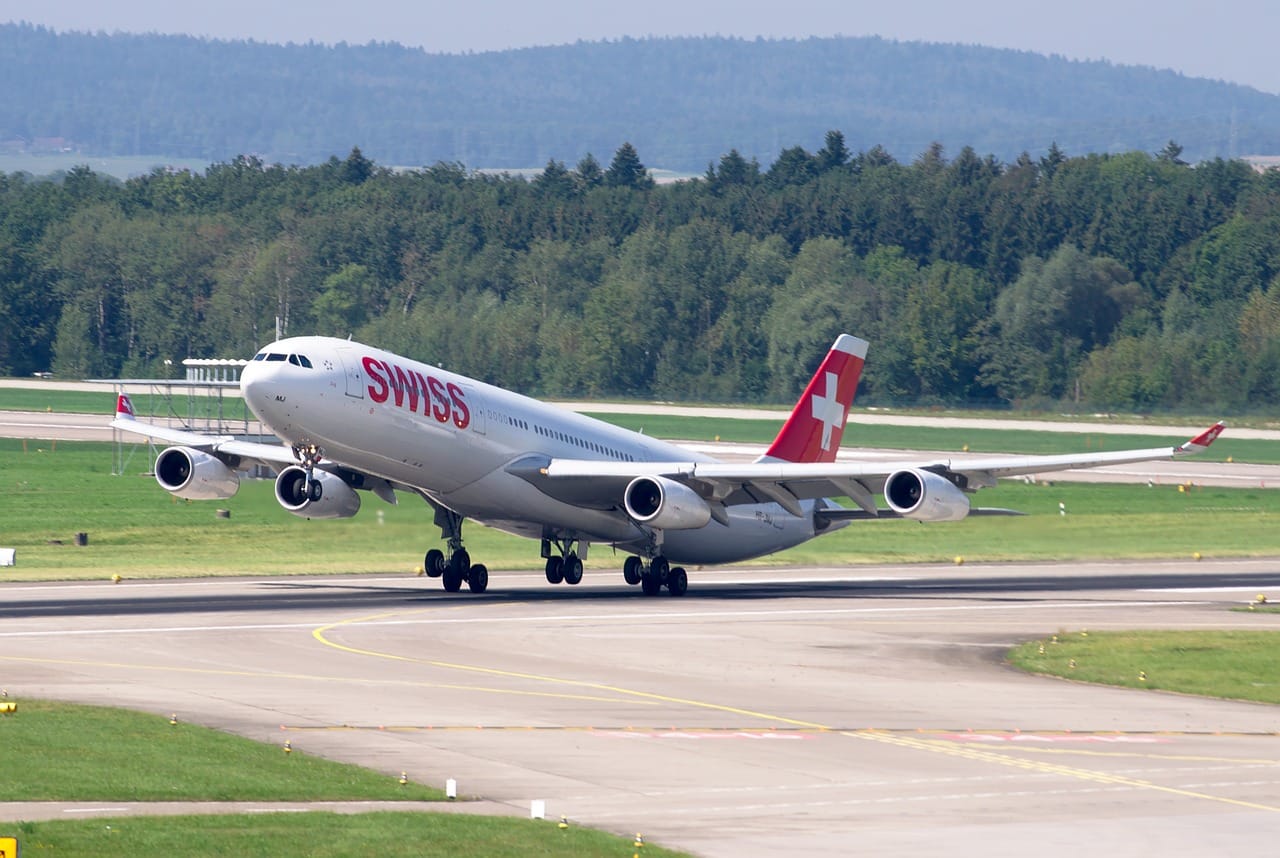
The Airbus A340, once a symbol of long-haul luxury and technological innovation, never found a place in the fleets of U.S. airlines. Despite its strong appeal and significant success with carriers around the world, U.S. airlines consistently bypassed the A340 in favor of other aircraft. The reasons for this decision are multifaceted, ranging from operational considerations to market dynamics.
Market Timing and Economic Factors
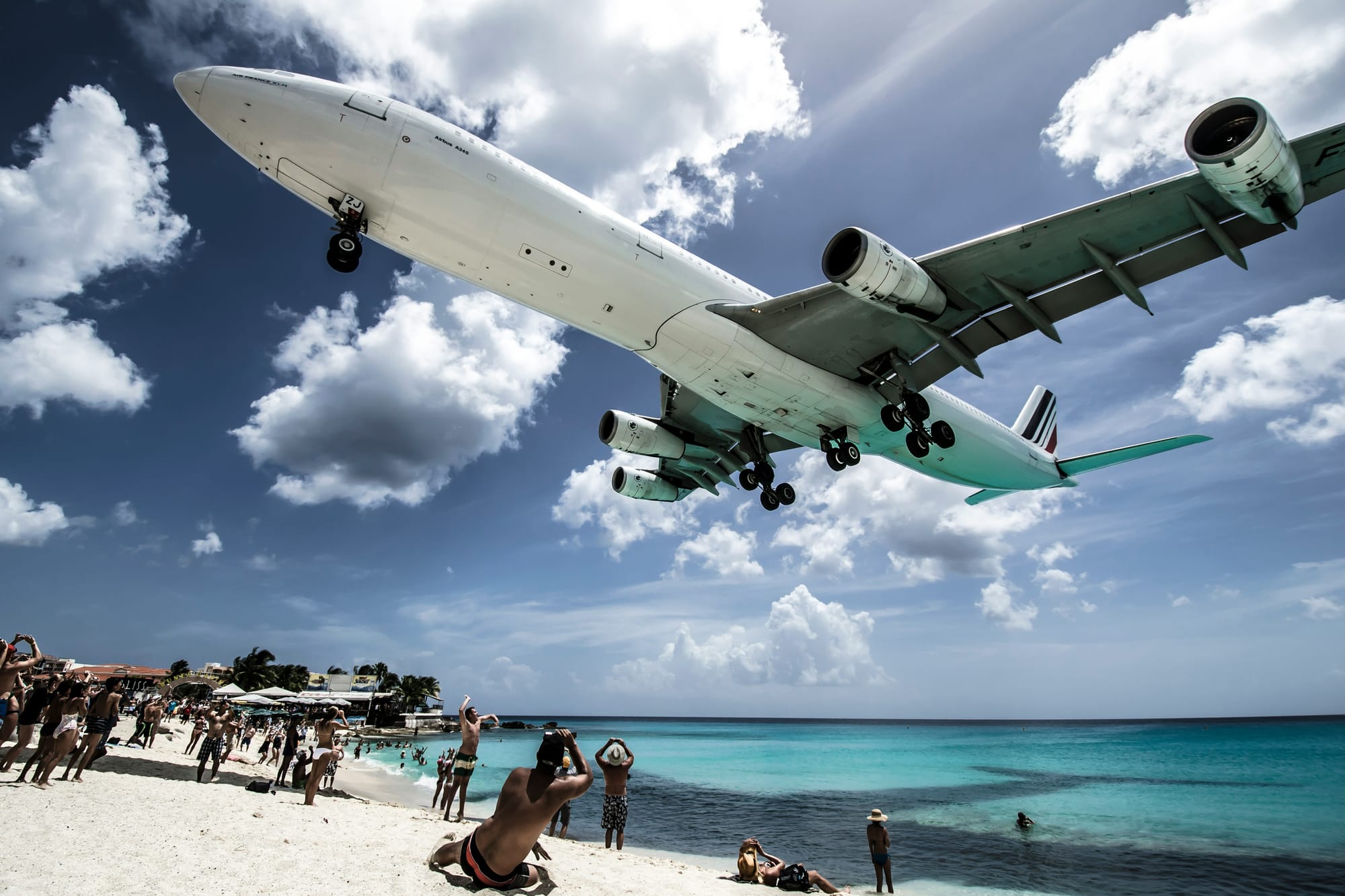
The Airbus A340 was introduced in the early 1990s, a period marked by significant economic and industry challenges for U.S. airlines. At that time, many U.S. carriers were emerging from the effects of deregulation, struggling with fluctuating fuel prices, and recovering from the Gulf War's impact on air travel demand. The financial health of major U.S. airlines was fragile, and there was a strong emphasis on cost-efficiency and maximizing returns on investment.
The A340, though technologically advanced, was not as fuel-efficient as some of its competitors, particularly Boeing's offerings. Its four-engine design, while providing increased range and safety over oceans, resulted in higher fuel consumption and maintenance costs compared to twin-engine jets. At a time when airlines were focused on reducing operational expenses, the A340's higher costs were a significant deterrent.
Preference for Twin-Engine Aircraft
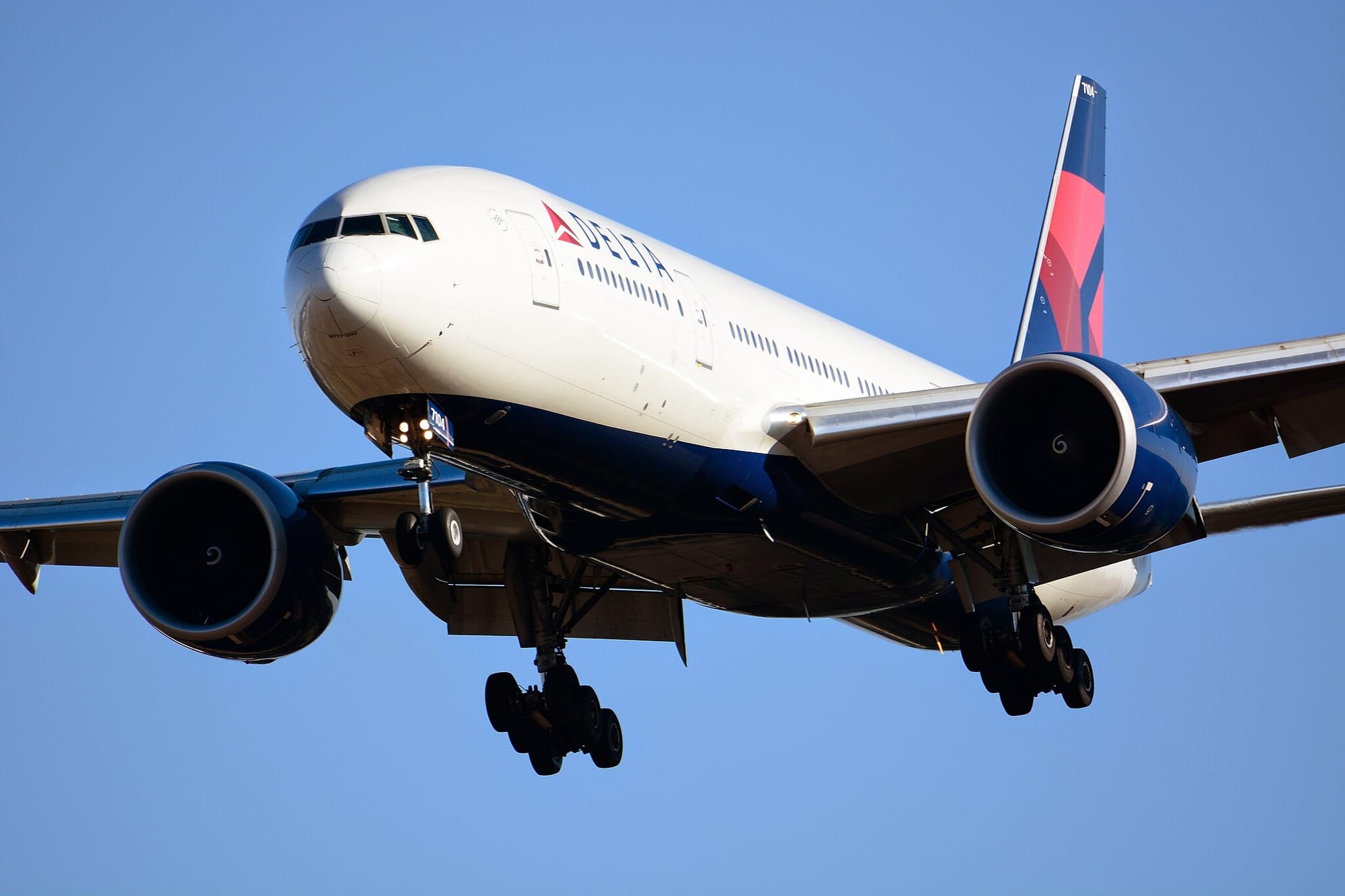
U.S. airlines, like many others, were increasingly favoring twin-engine aircraft over four-engine models. This trend was driven by advancements in engine technology that made twin-engine planes more reliable and efficient over long distances, including transoceanic flights. Boeing capitalized on this shift with the 777, a twin-engine aircraft that offered similar range capabilities to the A340 but with lower operating costs.
The Boeing 777 quickly became a favorite among U.S. carriers, offering the flexibility of long-haul routes without the penalty of higher fuel and maintenance costs. American, United, and Delta Air Lines all invested heavily in the 777, further reducing the likelihood of considering the A340 as a viable alternative.
Fleet Commonality and Manufacturer Loyalty
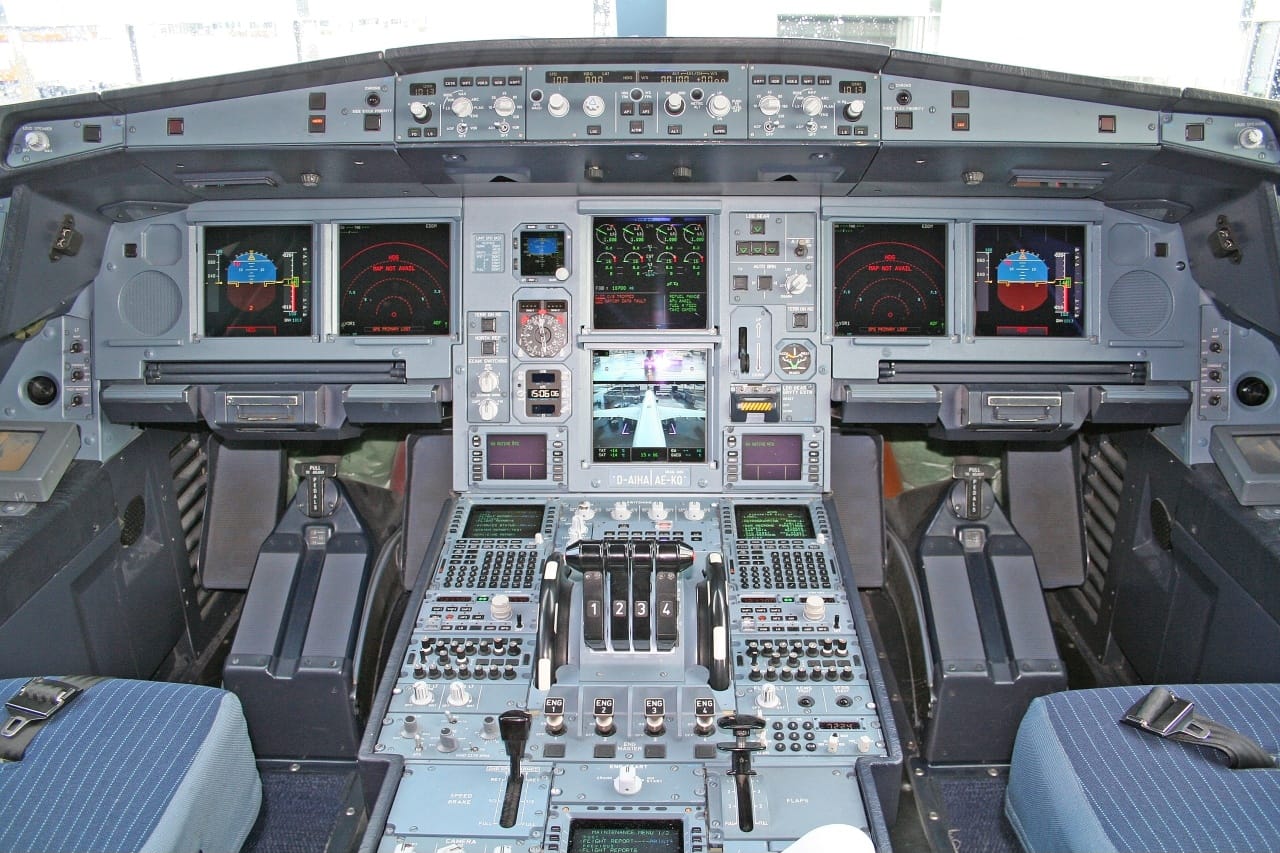
U.S. airlines have historically maintained close relationships with Boeing, due in part to the company's deep roots in the American aerospace industry and its ability to offer a wide range of aircraft that meet different operational needs. Fleet commonality is a critical factor for airlines, as it simplifies pilot training, maintenance, and parts logistics. For carriers that already operated large fleets of Boeing aircraft, the idea of introducing a new Airbus model—especially one with limited appeal—was unappealing.
Moreover, U.S. airlines had already incorporated Airbus models into their fleets, primarily the A320 family for short- to medium-haul routes. The decision to integrate a new widebody from Airbus would have required significant investment in new training programs and maintenance facilities, further discouraging interest in the A340.
Airline Route Structures and Capacity Needs
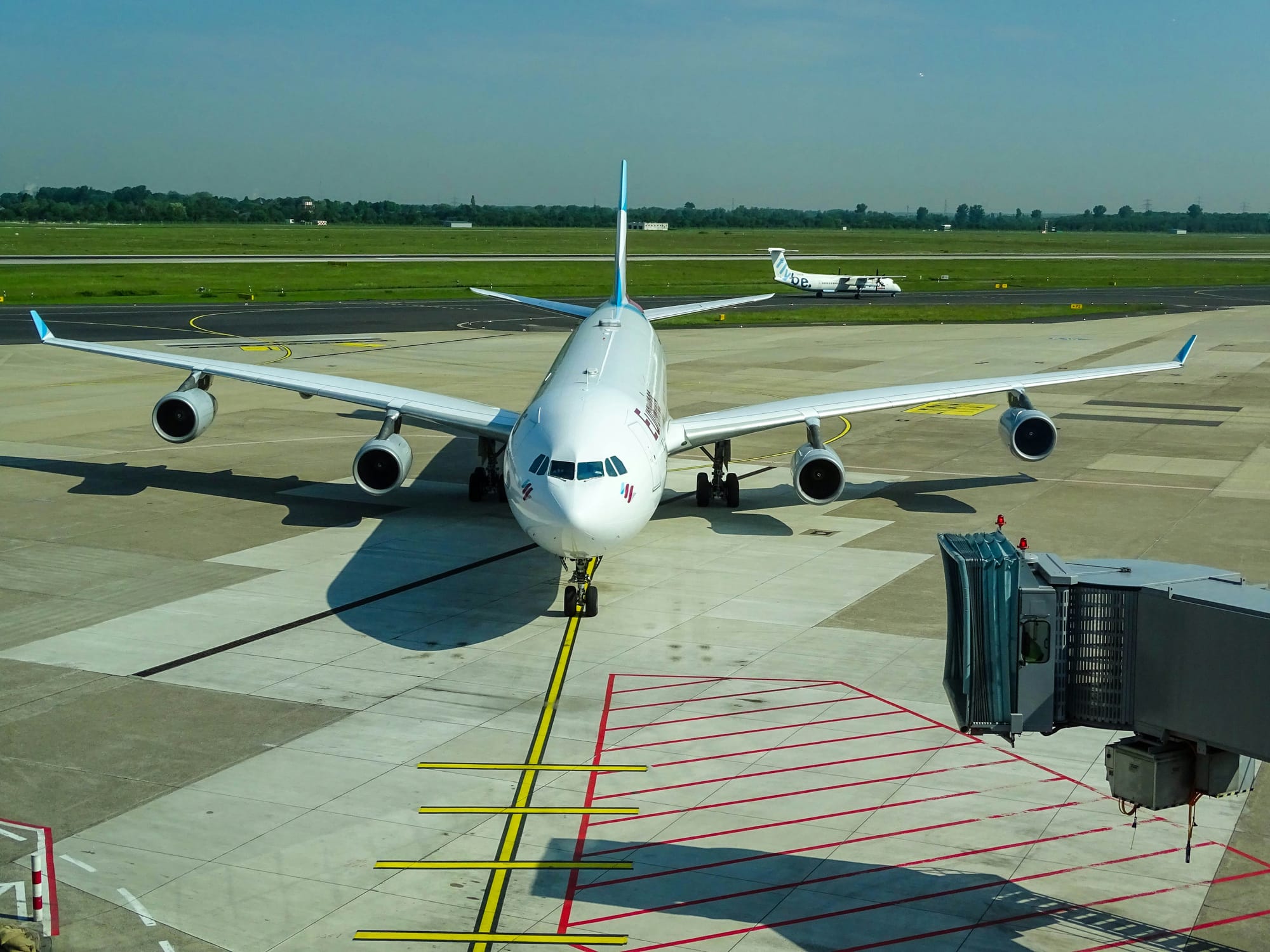
The A340 was designed for long-haul, high-capacity routes, but U.S. airlines found that their route structures and capacity needs were better served by other aircraft. The A340's seating capacity, which was typically around 250-375 passengers depending on the variant, fit into a niche that was already well-covered by existing aircraft in U.S. fleets. For ultra-long-haul routes, where the A340 might have been competitive, airlines found better economics with the 777 or, eventually, the Boeing 787 Dreamliner, which provided similar range with even greater fuel efficiency.
Additionally, the A340's performance on shorter routes was less competitive, as it was optimized for long-distance flights. U.S. airlines, which operate a mix of domestic and international routes, preferred more versatile aircraft that could handle both long-haul and medium-haul operations efficiently.
Final Thoughts
The Airbus A340 was a remarkable aircraft in many ways, offering long-range capabilities and a comfortable passenger experience. However, it faced significant challenges in the U.S. market. The combination of economic pressures, a shift towards twin-engine aircraft, established loyalty to Boeing, and the specific operational needs of U.S. airlines led to its exclusion from American fleets. As a result, the A340 became a prominent example of how market dynamics, timing, and strategic decisions can shape the success—or lack thereof—of even the most advanced aircraft.
While the A340 found success with many international carriers, its absence in the U.S. aviation landscape underscores the complex interplay between technological innovation and market realities. In the end, U.S. airlines prioritized operational efficiency and cost-effectiveness, leading them to choose alternatives that better aligned with their strategic goals.





